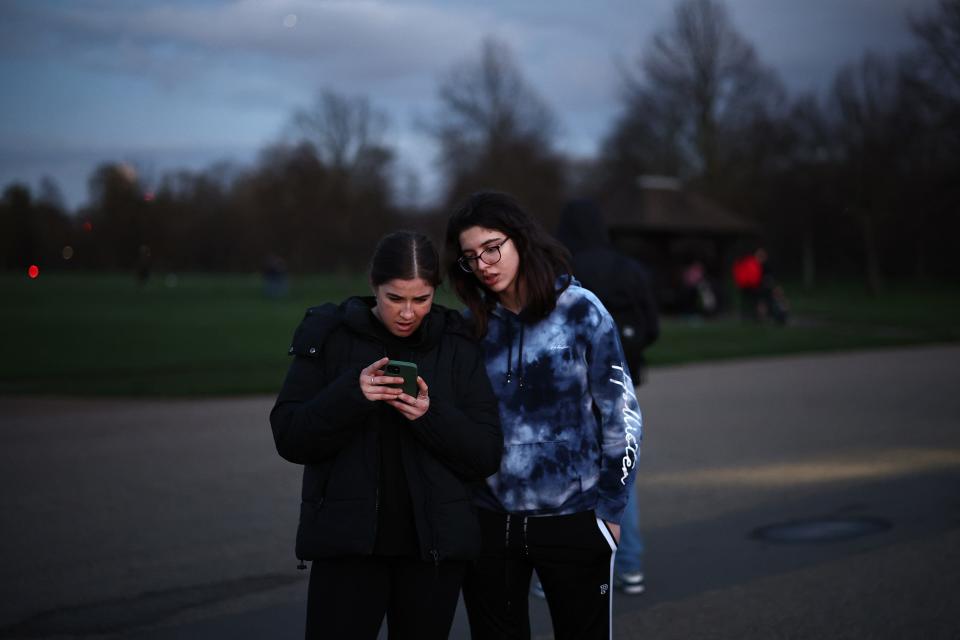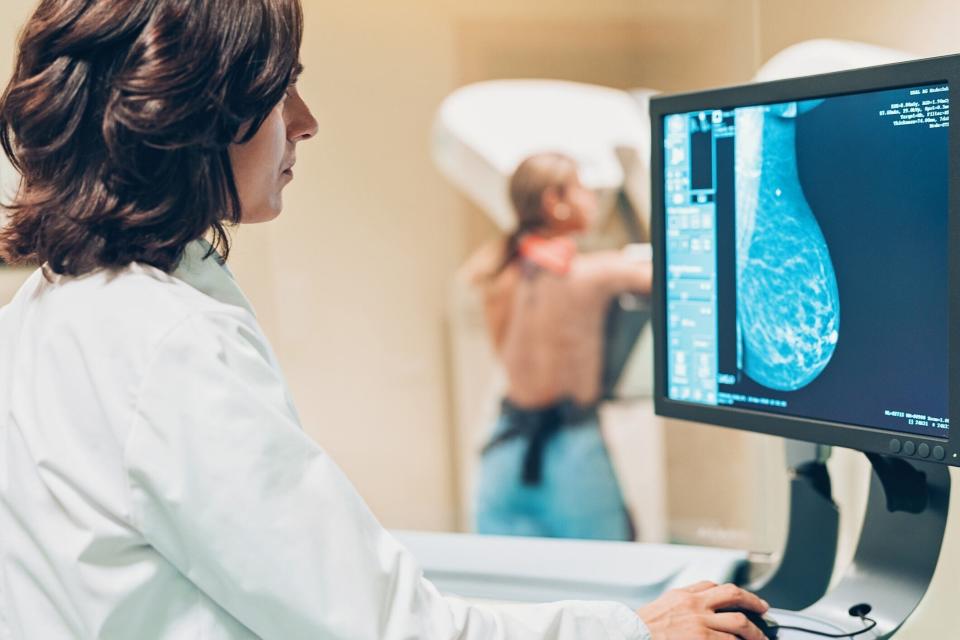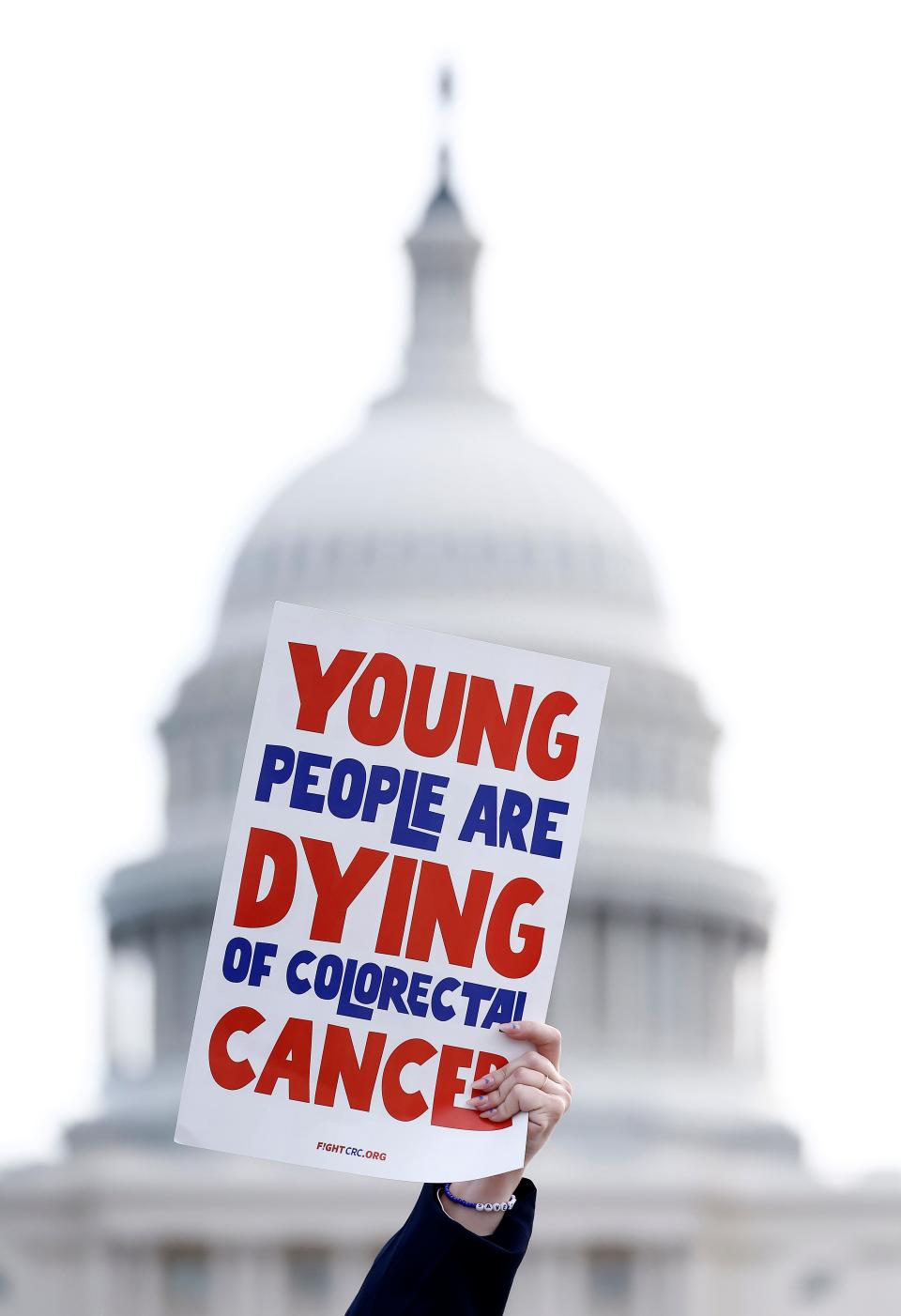Americans have 40% chance of getting cancer. Who's most at risk and how can you prevent it?
Princess Kate's cancer diagnosis at age 42 shines a light on a dreaded disease that seems to be striking people at younger ages, though it has become more survivable.
Americans have about a 40% chance of developing cancer at some point in their lives. Just under 20% who develop it die from cancer, which is the second-leading cause of death in the U.S.
It is typically considered a disease of aging, with 88% of diagnoses coming in people age 50 and above, according to the American Cancer Society.
But colon cancer is increasing in younger people, according to the National Cancer Institute. Americans born between 1981 and 1996 are at twice the risk for colon cancer as those born in 1950.
Other cancers have also increased in younger adults, though it's not clear why.

After a diagnosis, people often try to look back to understand how and why they could have gotten sick and what they might have done wrong, said Dr. Ginger Gardner, a gynecologic surgeon at Memorial Sloan Kettering Cancer Center in New York.
Often, they did nothing at all.
"Cancer doesn't always play by the rules," she told USA TODAY.
The good news is that many types of cancer are now survivable for years if not decades, the quality of life for survivors has improved markedly and there are ways to improve the odds.
Boosting the odds of beating cancer
"Whenever cancer happens, and certainly in a young population, it really does underscore the importance of several key teachable moments, or moments of awareness," Gardner said.
The first, she said, is to be aware of your body.
"If something feels different, be proactive and get it checked out," she said.
That might mean a change in bowel movements, pelvic pressure or discomfort, bloating or rectal bleeding, said Dr. Richard Barakat, physician in chief and executive director of the Northwell Health Cancer Institute, which operates 21 hospitals and 10 cancer centers in New York.

Screening also offers an opportunity to catch certain cancers early, when the odds of survival are better and the treatments typically less harsh.
Federal guidelines suggest people start routine screening for cervical cancer at age 21, colon cancer at age 45, breast cancer no later than age 45 (with an option to start at age 40), lung cancer at age 50 for smokers, and prostate cancer at 55 for people at average risk for the disease (while those at higher risk should start earlier).
The HPV vaccine can dramatically reduce the risk of several cancers, including cancer of the cervix, penis and anus.
Genetics and family history can also be useful, as more treatments and screens are now tied to specific patterns of genetics, Gardner said.
Some genes, such as BRCA1 and BRCA2, are associated with specific cancers, like breast and ovarian, leading some people to get preventive surgeries; while some genetic conditions, including one called Lynch Syndrome, can increase the risk for a wide range of cancers.

Gardner is particularly passionate about gynecologic cancers ? someone is diagnosed every 5 minutes in the U.S. and research into them is woefully underfunded, she said. There are five cancer types considered gynecologic: cervical, ovarian, uterine, vaginal, and vulvar.
"We are in a very exciting time of research and understanding the biology of these diseases better," Gardner said. "Women's cancers need more attention."
Cancer by the numbers
Cancer strikes about 1.6 million Americans a year and kills more than 600,000.
The American Cancer Society projects 611,720 people will die from some form of cancer in 2024. That number is slightly higher than a year ago, but much lower than in 1991. The rate of people who die from cancer dropped 33% from 1991 through 2021, according to the organization’s most recent statistics.

The latest data from the Center for Disease Control and Prevention shows 1,603,844 new cancer cases were reported and 602,347 people died of cancer in the United States in 2020.
Just over 400 new cancers were reported and 144 cancer-related deaths for every 100,000 people, according to the latest data available from the CDC.
What cancers are most common?
The most common types of cancer include breast, lung, prostate, colon and rectal and a type of skin cancer called melanoma, according to the National Cancer Institute. Men are most likely to have prostate, lung and colorectal cancers and women are most likely to have breast, lung and colorectal cancers.
Lifestyle activities help reduce cancer risk, including limiting tobacco and alcohol, eating a healthy diet without too many heavily processed foods, and avoiding too much sun exposure, according to the CDC.
It's not clear why some cancers are increasing among younger people, Barakat said. Factors that have been considered include the environment, changes in the gut microbiome and obesity. "It's quite worrisome," he said.
Contributing: Ken Alltucker, USA TODAY
This article originally appeared on USA TODAY: Chances of getting cancer for Americans and who is most at risk
Solve the daily Crossword

